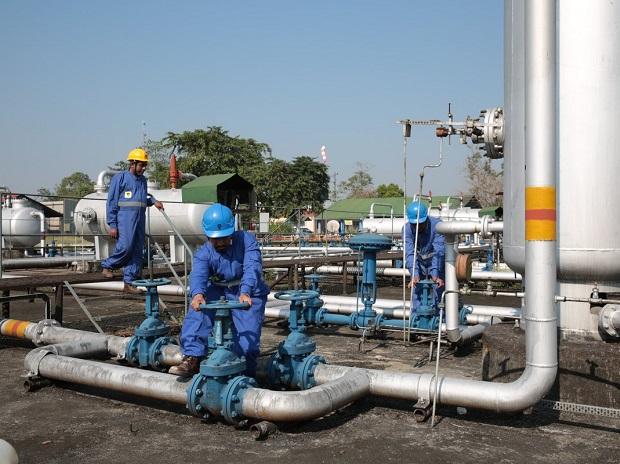Oil India plans to invest $2 billion in projects, aims net zero by 2040
Oil India Ltd aims to invest 165 billion rupees ($1.98 billion) in clean energy projects to meet its 2040 net zero carbon emissions goal, said two sources familiar with state-run energy companies’ net zero strategy.
The companies are investing billions of dollars in projects aimed at reducing emissions as one of the world’s biggest emitters of greenhouse gases, aims for zero by 2070.
State-run energy companies – Indian Oil Corp, Bharat Petroleum Corp, Hindustan Petroleum Corp, GAIL (India) Ltd, Oil and Natural Gas Corp have already announced their net zero goal.
Together with Oil India, the six-state run energy companies plan to invest 6.38 trillion rupees, the sources said.
Oil India did not respond to a request for comment. The sources declined to be identified as they are not authorised to speak to media.
State-controlled Oil India plans to invest about 90 billion rupees for 1,800 megawatts solar and onshore wind energy projects and 30 billion rupees for green hydrogen project, the sources said.
Oil India’s operations are mostly in the northeast India. It build green hydrogen and compressed bio gas plants through its subsidiary, Numaligarh Refinery Ltd, they said.
It will invest 10 billion rupees on carbon capture, utilization and storage (CCUS) projects.
India’s top explorer, state-run ONGC, recently announced spending of 2 trillion rupees by 2038 for its net zero goal.
ONGC plans to spend 800 billion rupees on green hydrogen and green ammonia projects and 400 bln rupees on solar and onshore wind projects to own 7 gigwatts capacity, according to the presentation.
ONGC also aim to spend 495 billion rupees for about 2 gigawatts offshore wind energy projects.
Neither ONGC nor the oil ministry responded to requests for comment.
($1 = 83.1881 Indian rupees)
(Reporting by Nidhi Verma; editing by Robert Birsel)
(Only the headline and picture of this report may have been reworked by the Business Standard staff; the rest of the content is auto-generated from a syndicated feed.)
